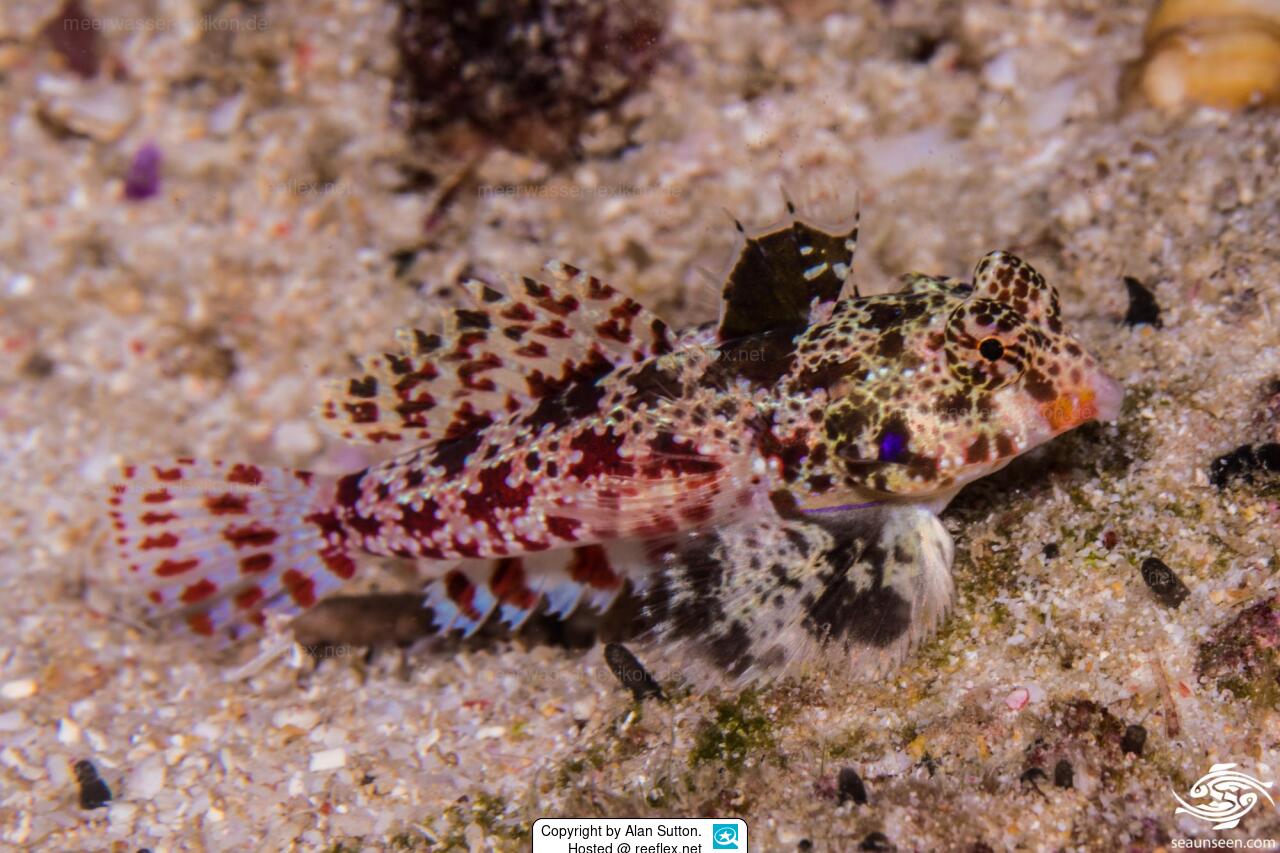Info
Found in shallow water among seaweeds and coral reefs.
Feeding intake.
The fish take a long time to eat at the beginning, before the food is taken up, a close inspection is carried out. After acclimatisation, the offered frozen food is eaten without problems. It should be noted that wild-caught fish behave differently than offspring when it comes to food intake. In the case of offspring, the size of the fish purchased also plays a role in the choice of food.
Pool requirement.
The tank volume specified above is less relevant. What is important is that there is enough or suitable food in the tank, because they have to eat constantly and survive without supplementary feeding in well-worn tanks with several months of standing time and correspondingly well-developed microfauna. During this time, they feed on micro-animals found in the substrate and on the stones. There must be enough bottom surface for successful maintenance.
Furthermore, food competitors are also important (e.g. pipefish, small wrasses, etc. or by keeping them in pairs), which chase the limited live food on the substrate. It is also advantageous to keep a small copepod farm (several boxes) in the beginning. After switching to frozen food, live food breeding can be discontinued.
Live benethic (bottom-living) copepods - Tigriopus californicus or Tisbe biminiensis - can always be added if available.
Unfortunately, there is no guarantee that the switch from live food to frozen food will be successful. In this case, extensive live food breeding is necessary for our fish to survive in the aquarium.
Synonym:
Neosynchiropus stellatus (Smith, 1963)







 Alan Sutton, Tansania
Alan Sutton, Tansania





































